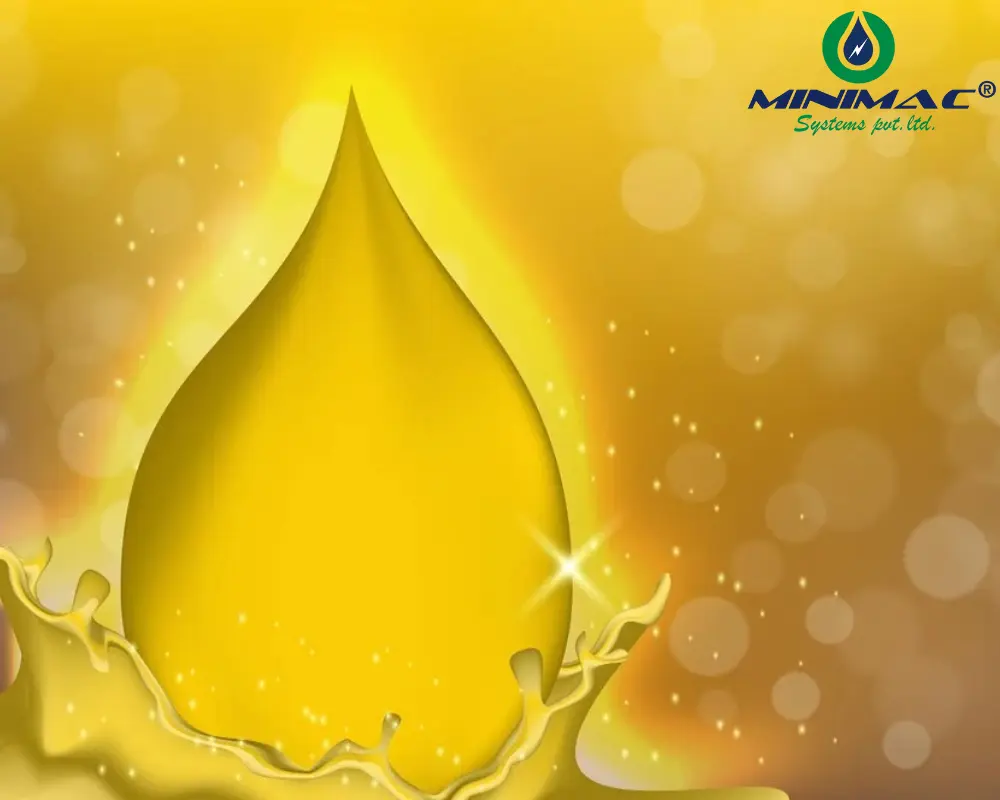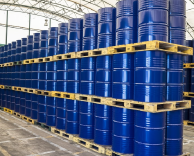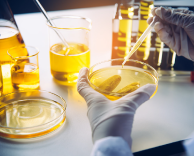What is Lubrication? Meaning, Applications, Challenges, and Types
Introduction
Lubrication means the application of a layer of oil, grease, or solid lubricants between two separate moving parts to minimize the effect of friction, wear, and heat generation. It is an important part of industrial machinery, automotive systems, and a variety of mechanical applications. Inadequate lubrication would lead to premature machinery failure, inefficiency, and expensive downtime.
This article discusses lubrication meaning, functions, industry applications, types of lubrication systems, lubricant problems for effective lubrication, and lubrication types today.

What is Lubrication?
Lubrication is an important topic in mechanical engineering, in which a lubrication system supplies a lubricant to create a separative film between two surfaces with no direct contact and hence low friction. Not only that, but it also maximizes the life of machines and spare parts.
Define Lubrication
Lubrication is the practice of reducing the friction between two or more surfaces in relative motion to one another by introducing a lubricating material. It will reduce friction, which has a role in making sure the mechanical components are functioning without a hitch and avoiding resistance and locking when the metal meets with other metals.
Key Functions of Lubrication:
- Reduction of friction: reduces resistance between surfaces, reducing energy losses.
- Wear Protection: Avoids metal-to-metal contact, reduces wear.
- Heat dissipation: Removes excess heat produced by the movement of components.
- Corrosion Resistance: Prevents surfaces from rust and oxidation.
- Abrasive Removal: Removes debris, soil, and particles that may cause destructive abrasion.
Types of Lubrication Systems
Various kinds of lubes systems are applied to distinct types of machines concerning a specific industry. The primary systems include lubrication systems:
1. Boundary Lubrication System
- Happens when the lubricant film is very thin, and surface-to-surface contact occurs from time to time.
- This is typically seen in frequent stop-start situations and high-load applications.
- It is utilized in startup engines, gear drives, and other machinery with low-speed operation.
2. Hydrodynamic Lubrication System
- It is a full-film lubrication system, in which a thick layer of lubricant separates the moving surfaces completely.
- Commonly employed in turbine and pump applications characterized by high speed.
3. Hydrostatic Lubrication System
- Provides a high-wear overpressure lubricant gap to minimize contact between surfaces with an external pump.
- Typically found in heavy industrial equipment such as industrial presses.
4. Elastic Hydrodynamic Lubrication System
- Coupled in a rolling element, such as ball bearings, where the lubricant film squeezes under pressure but always separates the walls from each other.
- From railway tracks to aircraft landing gear, critical for high-load applications.
5. Mixed Lubrication System
- Partially full and partially contact film lubrication – A hybrid of boundary and hydrodynamic lubrication.
- Commonly found in combustion engines and transmission systems.
For More Information, Visit our YouTube Channel - Click Here
Applications of Lubrication
Lubrication plays an important role across all sectors and applications to provide smooth and efficient operation of machines and equipment.
1. Industrial Machinery
Lubrication is essential in manufacturing plants, power plants and heavy industries to ensure seamless operations. Lubrication applications in this sector are:
- Bearings
- Gears and gearboxes
- Hydraulics
- Compressors
2. Automotive Sector
Vehicles require proper lubrication to work efficiently and last long. Applications include:
- Petrol or diesel engine oils
- Smooth gear shifts call for proper transmission fluids
- Brake Fluids for improved braking performance
3. Aerospace Industry
Because aircraft component operates under extreme temperatures and pressure, they need specialized lubricants for:
- Jet engines
- Hydraulic systems
- Landing gear mechanisms
4. Marine Industry
Ships and offshore gears need lubrication to tackle the severe atmosphere and seawater exposure.
- Marine engine oils
- Propeller shaft lubrication
- Deck machinery
5. Food & Pharmaceutical Industries
Food-grade lubricants help the machinery work smoothly without contaminating products. Applications include:
- Conveyor belts
- Food processing machinery
- Packaging equipment

Challenges in Lubrication
However, there are some issues that the proper lubrication faces:
1. Lubricant Contamination
The presence of dirt, water, and other debris can contaminate the lubricant, shortening its service life and exacerbating wear.
2. Incorrect Lubricant Selection
Here are a few consequences of using incorrect lubricants like insufficient lubrication, overheating may lead to overheating and breakdown of the equipment.
3. Over-- or Under-Lubrication
Excessive lubrication results in leakage, which in turn causes severe environmental pollution and causes dirt to stick to the parts; not lubricating enough leads to intense wear.
4. Temperature and Environmental Factors
High temperatures, high moisture, and chemical exposure may change the properties of the lubricant, which is why careful selection and monitoring are critical.
5. Inadequate Maintenance and Monitoring
Improper storage of lubricants and a lack of periodic inspections can result in premature failure of machinery and higher Opex.
Types of Lubricants
There are different types of lubricants suitable for different types of work applications and working conditions.
1. Liquid Lubricants (Oils)
- Mineral oils: Derived from petroleum and largely employed for industrial and automotive applications.
- Synthetic Oils: Specifically designed for high-performance applications, they offer improved thermal stability and oxidation resistance.
- Biodegradable Oil: Lubricants that are eco-friendly to be use in industries that are sensitive to nature.
2. Semi-solid lubricants (Greases)
- Lithium Grease: General-purpose grease for bearings and automotive uses.
- Calcium-based Grease: Provides decent water resistance suited for marine and industrial purposes.
- Silicone: Often used in electrical applications where good adhesion to high-temperature environments is important
3. Solid Lubricants
- Graphite: It is employed in high-temperature usages and anhydrous lubrication systems.
- Molybdenum disulfide [ MoS₂ ]: Suitable for high-pressure, high-load applications
- PTFE (Teflon): Offers superior friction reduction for many applications.
Conclusion
Lubrication is an integral part of machine maintenance for reducing friction, increasing efficiency, and improving equipment life. The right selection, application, and monitoring of lubricants enable the industry to reduce operational risks, enhance productivity, and minimize costs associated with maintenance. An effective lubrication strategy is essential for long-term success, so it helps businesses better understand what lubrication is, the types of lubrication systems, and the functions of lubrication.
Learn more about our services and industry insights by visiting our official website:Minimac Systems





